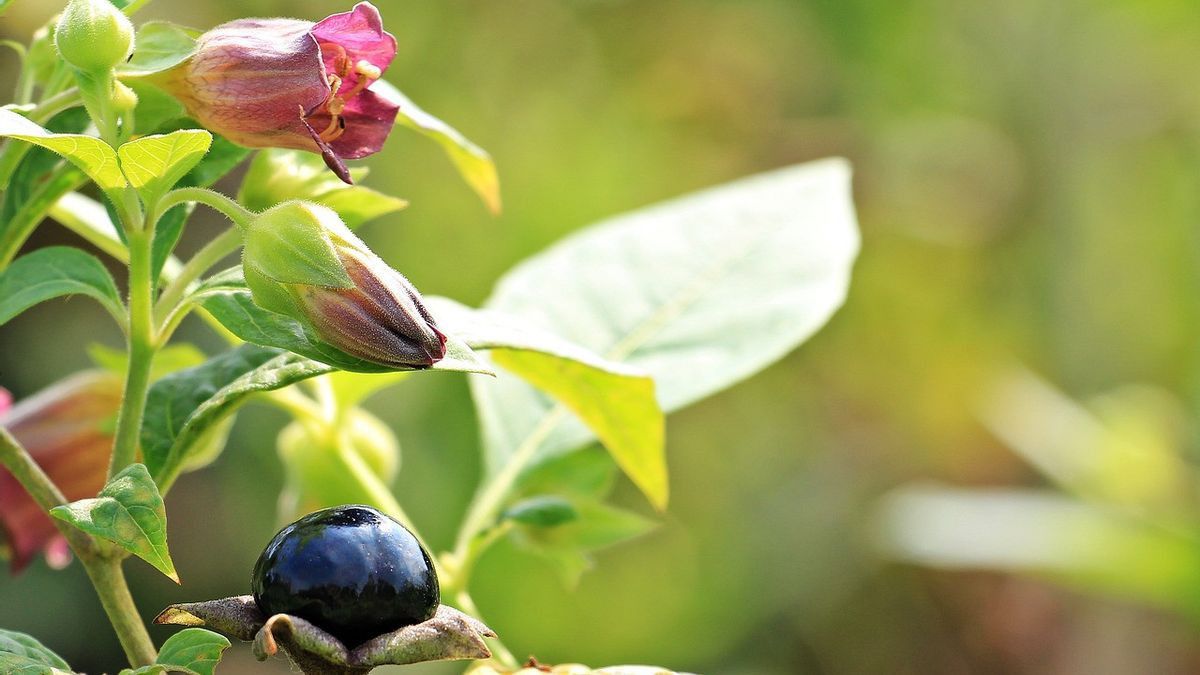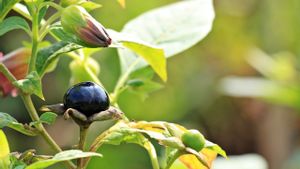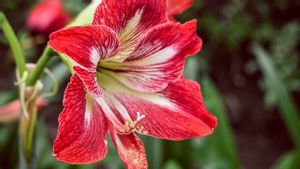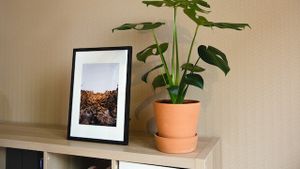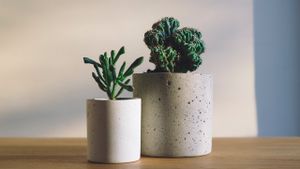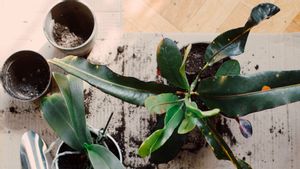JAKARTA - Flower plants fill houses and gardens with colors, fragrances, and beauty. In addition, flowers are a source of encouragement for pollinators such as birds and bees. However, there are some flowers that you should not plant in your yard or garden.
From toxic species to varieties known for their invasive nature, VOI shares information from Martha Stewart, Friday, January 10, which experts say should not plant on your page.
Although Japane honeysuckle (Lonicera Japonica) is a propagating plant that attracts attention with unique and complicated leaves and flowers, you should avoid planting it in the park. Japan's Honeysuckle spreads from seeds and sheets quickly and can quickly spread to trees, shrubs, and plants, sometimes to a surprising height. When spreading, this plant can be wrapped in other plants closely, eventually strangling it and potentially killing the plant or tree.
While it is undeniable that the gooseneck loosestrife (Lysimachia clethroides) is a charming plant with white flowers and maroons that resemble the neck of a goose, this plant is also widely known as a troublesome invasive plant. This plant looks good in wreaths, but is quite aggressive in the garden.
It has long been admired that its beauty as a propagating plant, wisteria (Witeria sinensis) looks beautiful when it grows in architectural elements in the garden or around the house. But unfortunately, wisteria is considered an invasive plant and, if left unchecked, can damage trees.
Bcadenna, also known as deadly night salaries (Atropa bboradonna), is a flowering shrub that you should not add to the page because it is highly toxic. This plant is not suitable to be planted in gardens or pages because it is toxic even if it is touched. Apart from being toxic, bladonna is not a unique or attractive shrub; the leaves, flowers, and fruit look normal.
Flowering plants can look good in the right place. However, the English ivy plant (Hedera helix) is a plant to avoid. The leaves are not only toxic to humans and pets, but the propagating plant itself is invasive and can spread the disease to trees. If you really want the plant to spread the cover, there are options that are more beneficial than the English ivy plant.
"You can replace the English ivy plant with the creeping plants of Virginia creeper," Jentz said. Virginia Creeper grew a thick cover, and the leaves turned bright red and beautiful in fall.
SEE ALSO:
Despite its undisputed beauty, Aconitum napellus is a highly toxic plant. Because of its silting nature, this plant is not the right choice for a home garden where children and pets can easily access it. Snapdragon is a safe choice that provides visual effects, just like Aconitum nappelus.
The English, Chinese, Japanese, Arabic, and French versions are automatically generated by the AI. So there may still be inaccuracies in translating, please always see Indonesian as our main language. (system supported by DigitalSiber.id)
